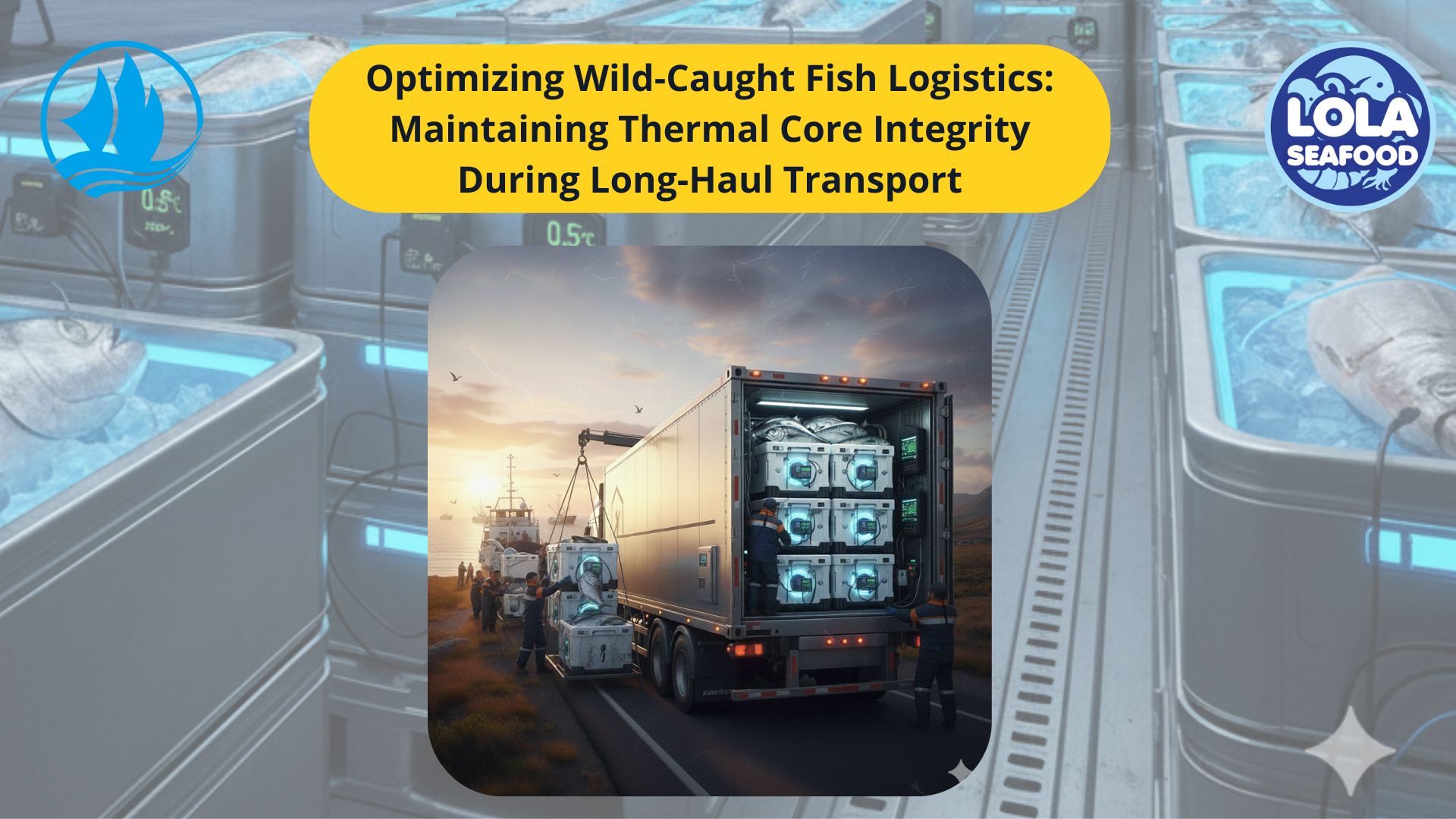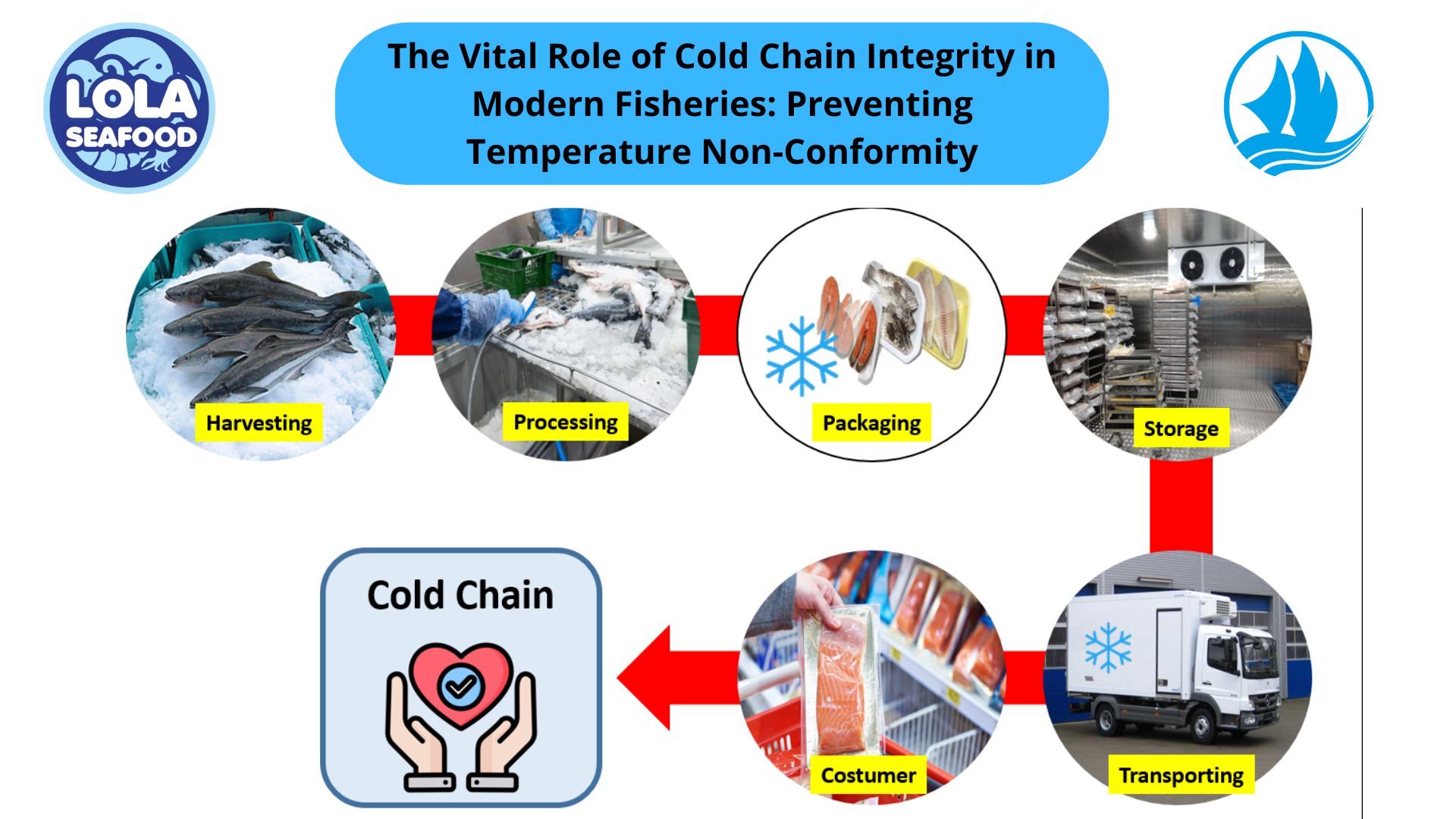THE REEFER CONTAINER (Part 2)
By. Najih - 28 Mar 2024.jpg)
A reefer container has special insulated holds into which cold air is forced at the temperature appropriate for the goods being carried. Components of a reefer unit include:
- The compressor: The compressor is run by a small engine to draw in and compress gaseous refrigerant, liquefying it and giving off heat.
- The condenser: The condenser receives the compressor’s liquid for heat exchange, filling the tubing out to the attached fins. These fins help to cool the outside air that comes through the condenser, much like how radiators work.
- The evaporator: Once the liquid has cooled, it goes through the metering valve of the evaporator inside the trailer, which controls the cooling. The liquid refrigerant expands and becomes gas again, absorbing heat from the finned coils around it. The cooled air inside the trailer blows over the evaporator, which then goes through the compressor to restart the cooling cycle.
As the refrigeration of the container is done by air, airflow is the most vital part of a reefer container. The generator blows cold air along the floor or side into the container on one side of the reefer. The floor is T-shaped and distributes the airflow below the cargo unobstructed. As a result, the cold air ascends and returns on top of the load on the other end of the reefer container. That said, a reefer container maintains the pre-cooled temperature of the cargo, but it cannot reduce the temperature of the cargo. In other words: a load of a reefer container has to be brought to the desired temperature before loading.
A generator provides the necessary power to create the airflow, which is needed refrigeration unit to work. One type of reefer is connected to power sources (for instance, on vessels). Still, very sensitive cargo may need a backup power source when disconnected (for example, in a container terminal). The best idea is to equip a reefer with its genset. Gensets can be built directly into the container, which means that special chassis with gensets or other logistics arrangements for clip-on gensets are unnecessary.
Humidity plays also an essential role in keeping cargo safe. A dehumidification setup maintains the correct levels of moisture in a reefer. Keep in mind that different cargo needs different humidity levels. Although some newer units can reach 50%, the standard is between 60% and 85% relative humidity (RH).
To control power, temperature, C02 levels and humidity, microprocessors (data loggers) register and transmit data continuously with the help of remote modems. This device stores all data, such as supply air and return air temperature, remote cargo probe temperatures, defrost activity, changes to the setpoint, power on and off time, etc. Completing the technical reefer container functionalities, a built-in drainage system gets rid of excess water in case of water accumulation. In addition, their design prevents water or insects from getting into the container.

Optimizing Wild-Caught Fish Logistics: Maintaining Thermal Core Integrity During Long-Haul Transport
.jpg)



.jpg)

 and Employee Productivity on the Demersal Fish Processing Floor.jpg)
